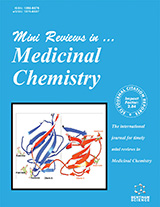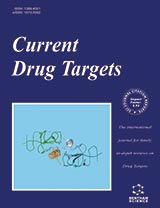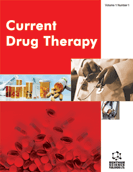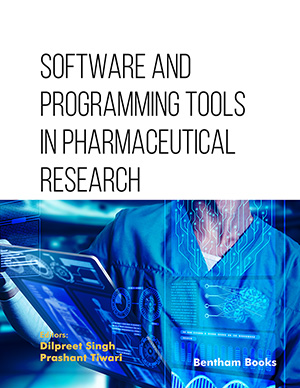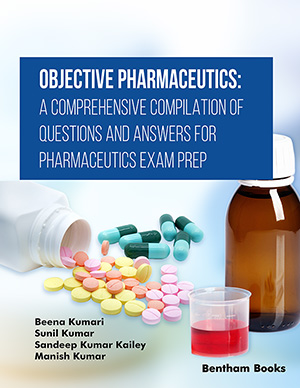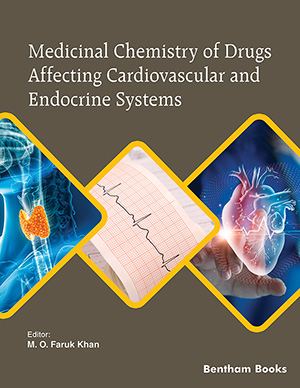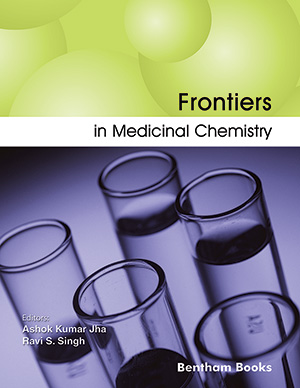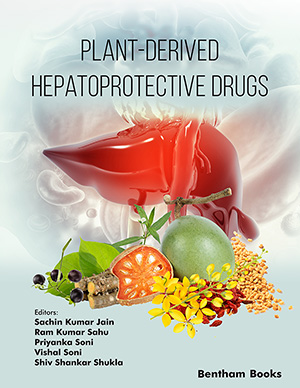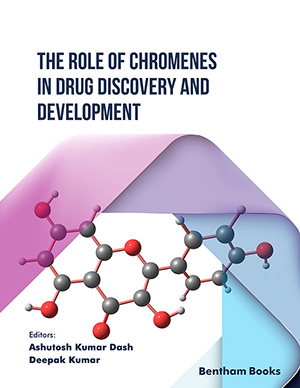Abstract
Adenosine-to-Inosine RNA editing introduces changes in RNA transcripts via a post-transcriptional mechanism, the hydrolytic deamination of adenosine (A) to inosine (I) which is interpreted as guanosine by cellular machineries. Adenosine deaminases that act on RNA (ADAR) enzymes catalyze editing in double-stranded (ds) RNA substrates.
Keywords: Adenosine, inosine, RNA, editing, drosophila, ion channel, convergence
Mini-Reviews in Medicinal Chemistry
Title: Adenosine-to-Inosine RNA Editing: Perspectives and Predictions
Volume: 6 Issue: 11
Author(s): Barry Hoopengardner
Affiliation:
Keywords: Adenosine, inosine, RNA, editing, drosophila, ion channel, convergence
Abstract: Adenosine-to-Inosine RNA editing introduces changes in RNA transcripts via a post-transcriptional mechanism, the hydrolytic deamination of adenosine (A) to inosine (I) which is interpreted as guanosine by cellular machineries. Adenosine deaminases that act on RNA (ADAR) enzymes catalyze editing in double-stranded (ds) RNA substrates.
Export Options
About this article
Cite this article as:
Hoopengardner Barry, Adenosine-to-Inosine RNA Editing: Perspectives and Predictions, Mini-Reviews in Medicinal Chemistry 2006; 6 (11) . https://dx.doi.org/10.2174/138955706778742812
| DOI https://dx.doi.org/10.2174/138955706778742812 |
Print ISSN 1389-5575 |
| Publisher Name Bentham Science Publisher |
Online ISSN 1875-5607 |
Call for Papers in Thematic Issues
Bioprospecting of Natural Products as Sources of New Multitarget Therapies
According to the Convention on Biological Diversity, bioprospecting is the exploration of biodiversity and indigenous knowledge to develop commercially valuable products for pharmaceutical and other applications. Bioprospecting involves searching for useful organic compounds in plants, fungi, marine organisms, and microorganisms. Natural products traditionally constituted the primary source of more than ...read more
Computational Frontiers in Medicinal Chemistry
The thematic issue "Computational Frontiers in Medicinal Chemistry" provides a robust platform for delving into state-of-the-art computational methodologies and technologies that significantly propel advancements in medicinal chemistry. This edition seeks to amalgamate top-tier reviews spotlighting the latest trends and breakthroughs in the fusion of computational approaches, including artificial intelligence (AI) ...read more
Natural Products and Dietary Supplements in Alleviation of Metabolic, Cardiovascular, and Neurological Disorders
Metabolic disorders like diabetes, obesity, inflammation, oxidative stress, cancer etc, cardiovascular disorders like angina, myocardial infarction, congestive heart failure etc as well as neurological disorders like Alzheimer?s, Parkinson?s, Epilepsy, Depression, etc are the global burden. They covered the major segment of the diseases and disorders from which the human community ...read more
Natural Products in Drug Discovery
Natural products have always been one of the important ways of drug discovery due to their novel skeleton and diverse functional group characteristics. According to statistics, between 1981 and 2019, the FDA approved a total of 1,394 small molecule drugs for marketing, of which 930 marketed drugs originated from the ...read more
 9
9
- Author Guidelines
- Graphical Abstracts
- Fabricating and Stating False Information
- Research Misconduct
- Post Publication Discussions and Corrections
- Publishing Ethics and Rectitude
- Increase Visibility of Your Article
- Archiving Policies
- Peer Review Workflow
- Order Your Article Before Print
- Promote Your Article
- Manuscript Transfer Facility
- Editorial Policies
- Allegations from Whistleblowers
Related Articles
-
Intracellular and Extracellular Zinc Detection by Organic Fluorescent Receptor
Current Organic Chemistry Editorial (Thematic Issue: Molecular and Cellular Engineering Approaches for Neurological Disorders, Diseases, and Injuries Involved the Central and Peripheral Nervous Systems)
CNS & Neurological Disorders - Drug Targets Astrocytes: New Targets for the Treatment of Neurodegenerative Diseases
Current Pharmaceutical Design Antioxidant Properties of Crocus Sativus L. and Its Constituents and Relevance to Neurodegenerative Diseases; Focus on Alzheimer’s and Parkinson’s Disease
Current Neuropharmacology Biochemical and Therapeutic Effects of Antioxidants in the Treatment of Alzheimers Disease, Parkinsons Disease, and Amyotrophic Lateral Sclerosis
Current Drug Targets - CNS & Neurological Disorders Potential Therapeutic Relevance of Adenosine A2B and A2A Receptors in the Central Nervous System
CNS & Neurological Disorders - Drug Targets Contribution of Spinal Cord Oligodendrocytes to Neuroinflammatory Diseases and Pain
Current Medicinal Chemistry An Image-based Mouth Switch for People with Severe Disabilities
Recent Patents on Computer Science Enhanced Action Potential Passage Through the Node of Ranvier of Myelinated Axons via Proton Hopping
Current Computer-Aided Drug Design LHON: Mitochondrial Mutations and More
Current Genomics Commentary: Neurorestoratology: A Concept and Emerging Discipline in the Treatment of Neurological Disorders
CNS & Neurological Disorders - Drug Targets Does Human Alpha-Synuclein Behave Like Prions?
CNS & Neurological Disorders - Drug Targets Ketogenic Diet and Other Dietary Intervention Strategies in the Treatment of Cancer
Current Medicinal Chemistry Re-Wiring the Circuit: Mitochondria as a Pharmacological Target in Liver Disease
Current Medicinal Chemistry Natural Polymeric Nanoparticles for Brain-Targeting: Implications on Drug and Gene Delivery
Current Pharmaceutical Design Histone Deacetylation and Motor Neuron Degeneration
CNS & Neurological Disorders - Drug Targets Neurobiology of Sleep Disturbances in Neurodegenerative Disorders
Current Pharmaceutical Design Current Nervous System Related Drug Targets for the Treatment of Amyotrophic Lateral Sclerosis
Current Pharmaceutical Design Key miRNAs in Modulating Aging and Longevity: A Focus on Signaling Pathways and Cellular Targets
Current Molecular Pharmacology An Update in the Management of Obesity: The Weight of CNS Targets
Recent Patents on CNS Drug Discovery (Discontinued)


